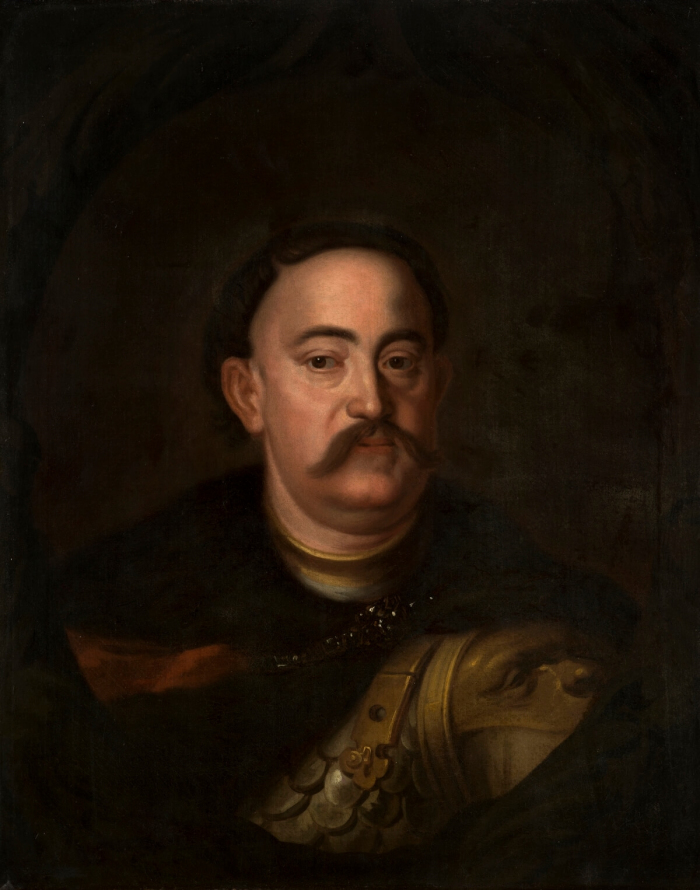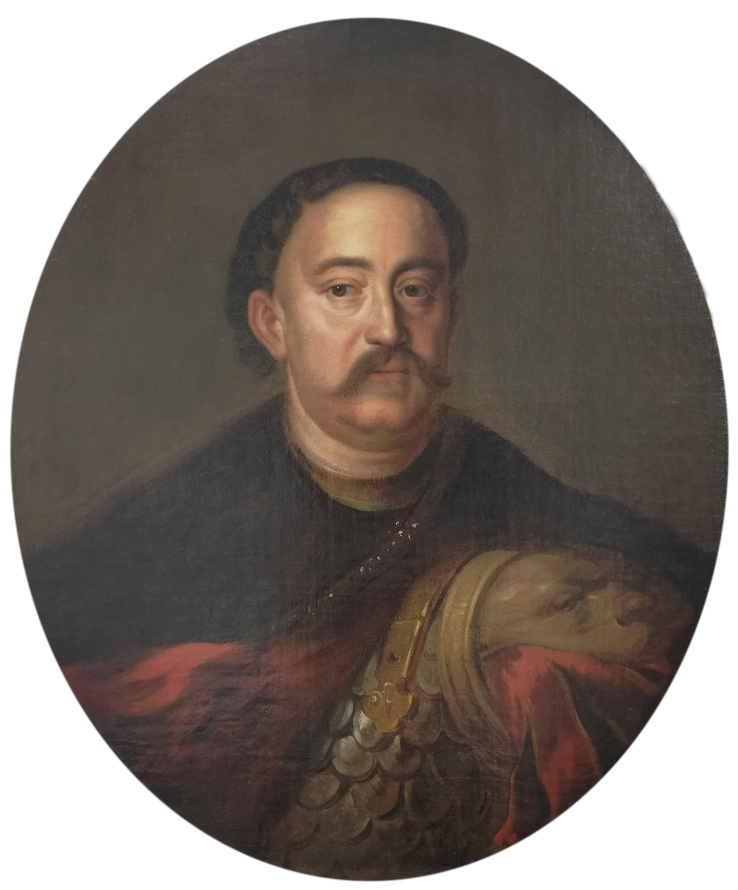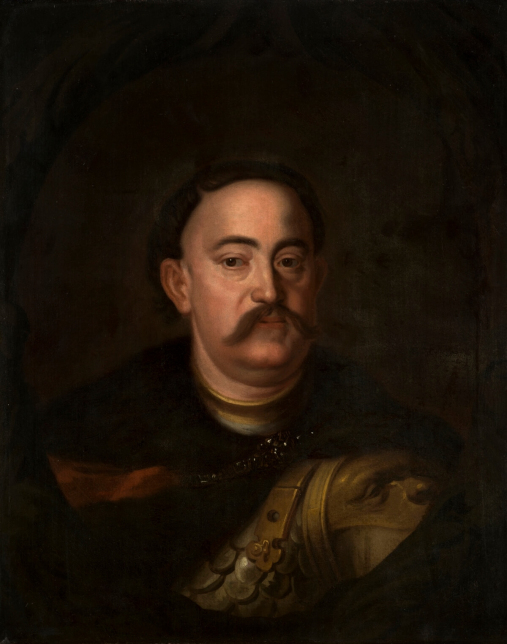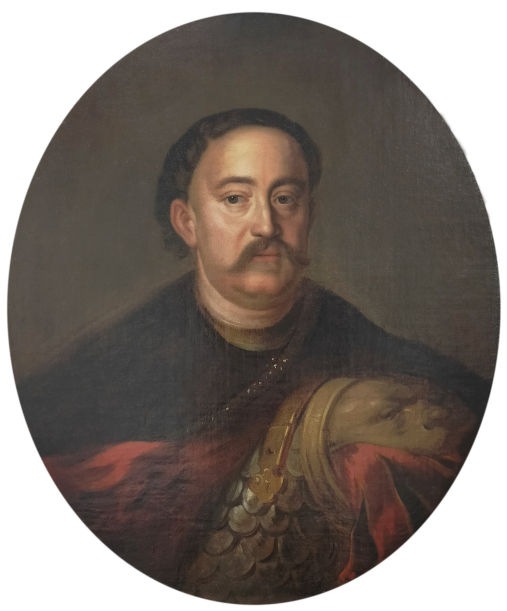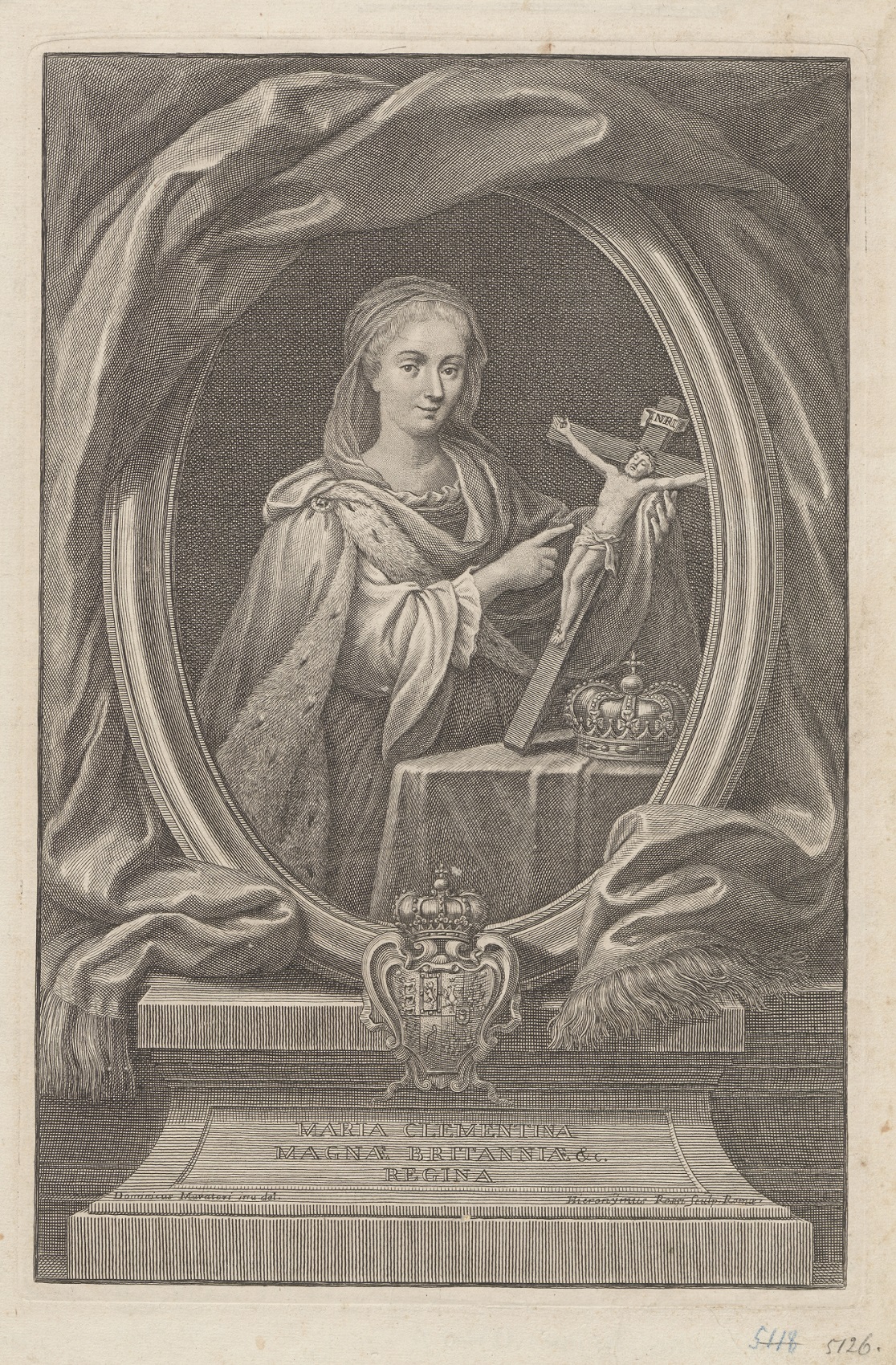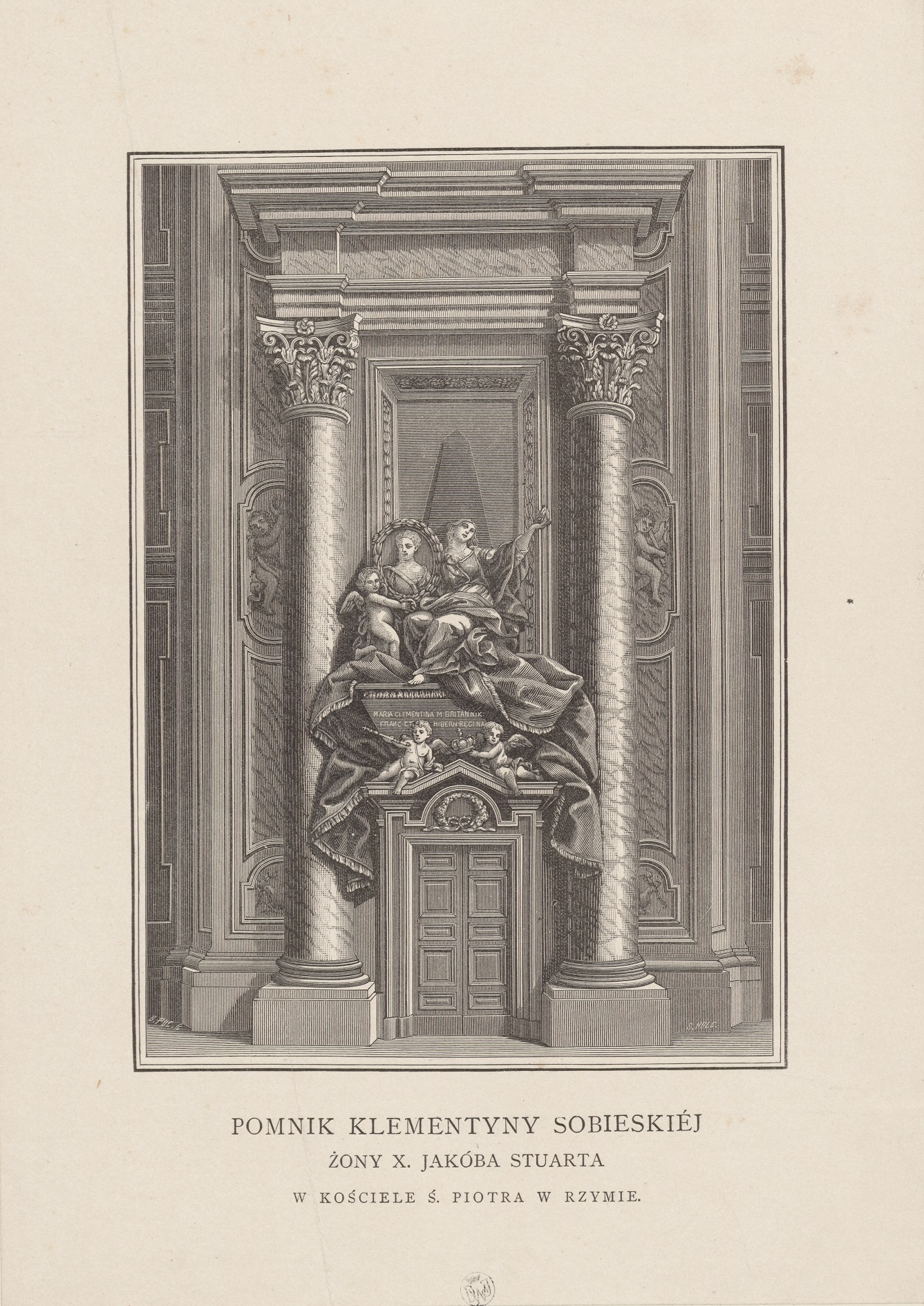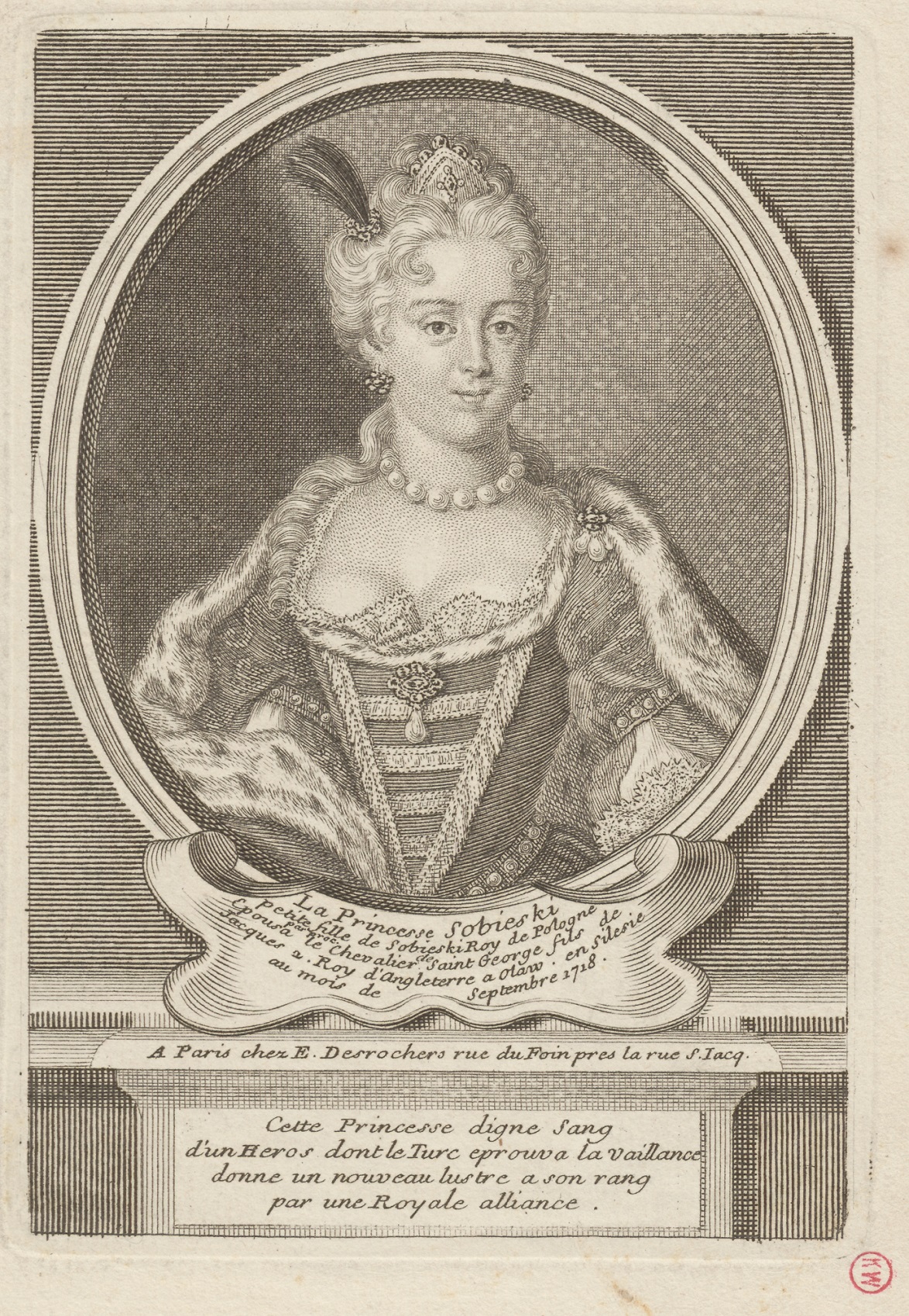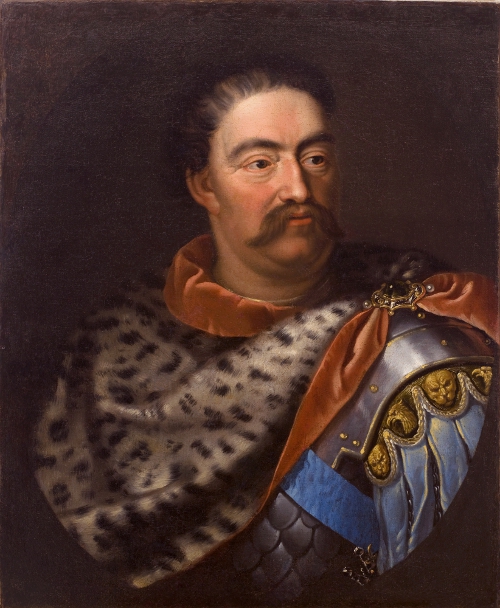The Sobieskis and Stuarts. Portraits of King Jan III, author unknown, 1st quarter of the 18th century
The Sobieskis and Stuarts. Portraits of King Jan III, author unknown, 1st quarter of the 18th century - Photo gallery - Element slider
The Sobieskis and Stuarts. Portraits of King Jan III, author unknown, 1st quarter of the 18th century - Photo gallery - Element slider
oil on canvas, 1st quarter of the 18th century
private collection / The Museum of King Jan III’s Palace at Wilanów
Two iconographically identical portraits of King Jan III, one from a private collection, the other belonging to the Museum of King Jan III’s Palace at Wilanów, provide an interesting case of repeated images of royalty and their dissemination across Europe.
This is an important theme in the context of an exhibition which consists primarily of painted portraits or their engraved reproductions which enabled the printing of large numbers of copies of the same image. Most of the paintings on display, depicting members of the Sobieski and Stuart families, survive in several versions. Some were replicas made by the painters themselves, others were produced by their workshops or by some other artist working from the original, a copy or even an engraving. Portraits were one of the most important means of propaganda in the European culture of the modern period. The conscious construction of an image and its strategic dissemination, often as a diplomatic gift, were key components in establishing political ties, building alliances, negotiating marriages and strengthening one’s position on the international stage.
The many portraits of King Jan III were intended to raise his prestige, being an elected monarch within a context of hereditary dynastic rulers. In the case of the exiled Stuarts, the aim was to remind people of the rightful rulers of England, Scotland and Ireland. In both of the portraits exhibited, Jan III is presented en buste, dressed in scale armour with a neck guard. The red cloak (delia) with a wide black fur collar spread across the shoulders is fastened with an elongated inlaid clasp. The exposed left shoulder of the sitter is covered by a pauldron in the form of a stylised lion’s mouth, adorned with straps called pteryges. Next to the pauldron, a leather belt with a buckle is on top of the armour, connecting the breastplate to the backplate. The king is depicted as a man in his prime, with a high forehead and cropped hair, and a characteristic parting on the right side, visible in both images.
The provenance of both portraits is known only from the second half of the 20th century. One was found in London, the other bought in Dublin, Ireland. Both are nearly identical to the engraving of the king made by Robert White in London in 1684. White’s engraving bears the inscription taken from the Originall. It would have been very unusual for the original itself to have been sent from abroad. Instead, a replica by the artist and, or, his workshop, would have been sent. It would have been that painting which White described as the original. Therefore, the question arises: what happened to the original, and what happened to the replica described as the original upon which White’s engraving was based?
The text was prepared on the basis of publications by Edward Corp and Piotr Piniński.
